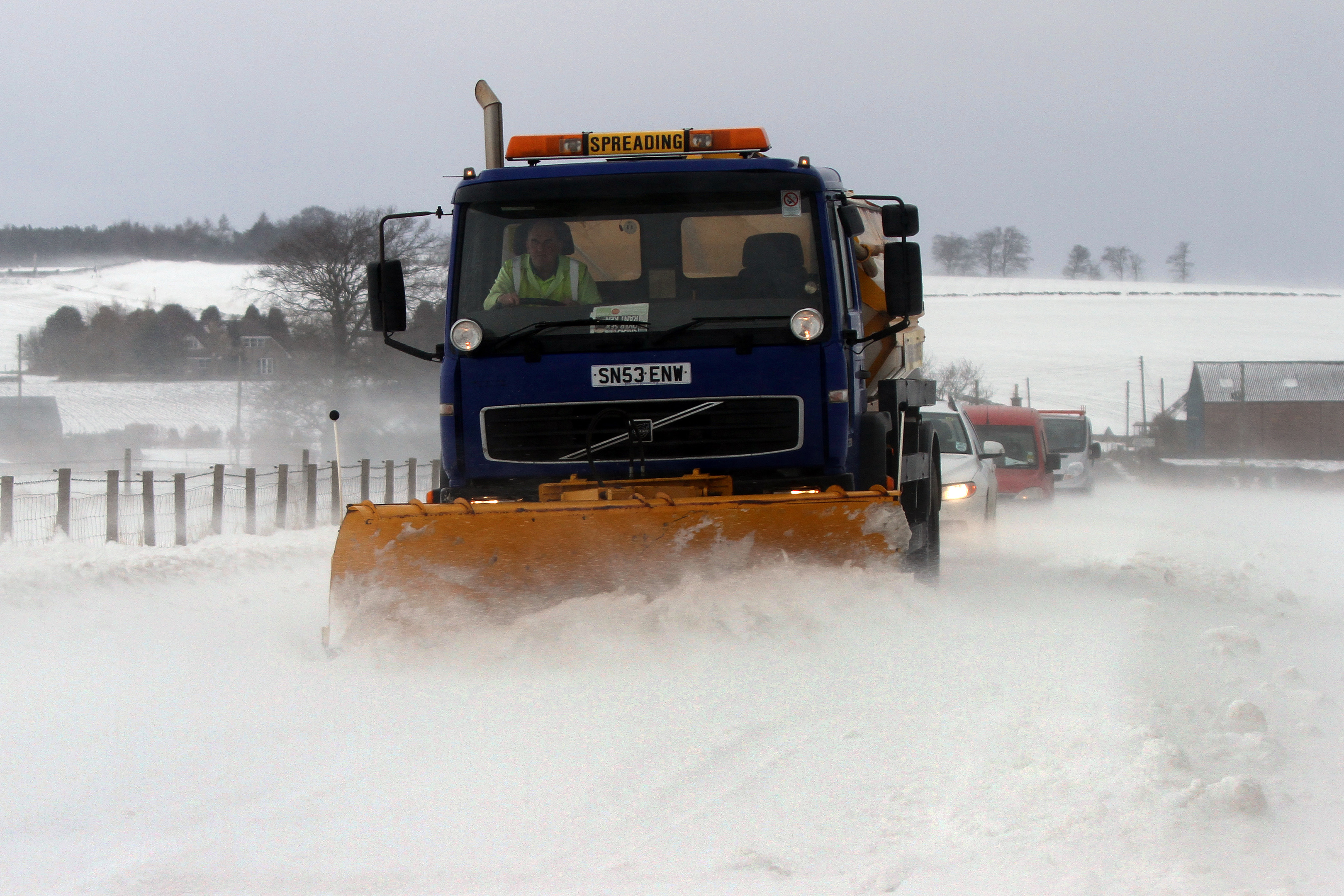An indirect effect of climate change may be causing intensely cold winters in the UK and US, a study suggests.
Warming in the Arctic is thought to be influencing the jet stream, a high-altitude corridor of fast-moving air, leading to severe cold snaps.
It may have been responsible for record snowfall in New York during the winter of 2014/15, and unusually cold winters in the UK in 2009/10 and 2010/11.
Previous studies have shown that when the jet stream follows a “wavy” irregular path there are more cold weather fronts plunging south from the Arctic into mid-latitudes, bringing freezing conditions that persist for weeks at a time.
When the jet stream flows strongly and steadily from west to east, winter weather in the UK and other countries in the temperate belt between the tropics and the Arctic is milder.
Lead researcher Professor Edward Hanna, from Sheffield University, said: “We’ve always had years with wavy and not so wavy jet stream winds, but in the last one to two decades the warming Arctic could well have been amplifying the effects of the wavy patterns.
“This may have contributed to some recent extreme cold winter spells along the eastern seaboard of the United States, in eastern Asia, and at times over the UK.”
He added: “Improving our ability to predict how climate change is affecting the jet stream will help to improve our long-term prediction of winter weather in some of the most highly populated regions of the world.
“This would be hugely beneficial for communities, businesses and entire economies in the northern hemisphere. The public could better prepare for severe winter weather and have access to extra crucial information that could help make live-saving and cost-saving decisions.”
Prof Hanna was part of an international team of climate scientists that included experts from the US Oceanographic and Atmospheric Administration (NOAA).
Their findings are reported in the latest issue of the journal Nature Climate Change.
Scientists have been divided over the cause of recent cold winters. One camp believes they are merely the result of natural jet stream variability, but the other is convinced there is a connection with global warming.
The new study brought together experts from both groups, who for the first time agreed that the evidence implicated climate change.










